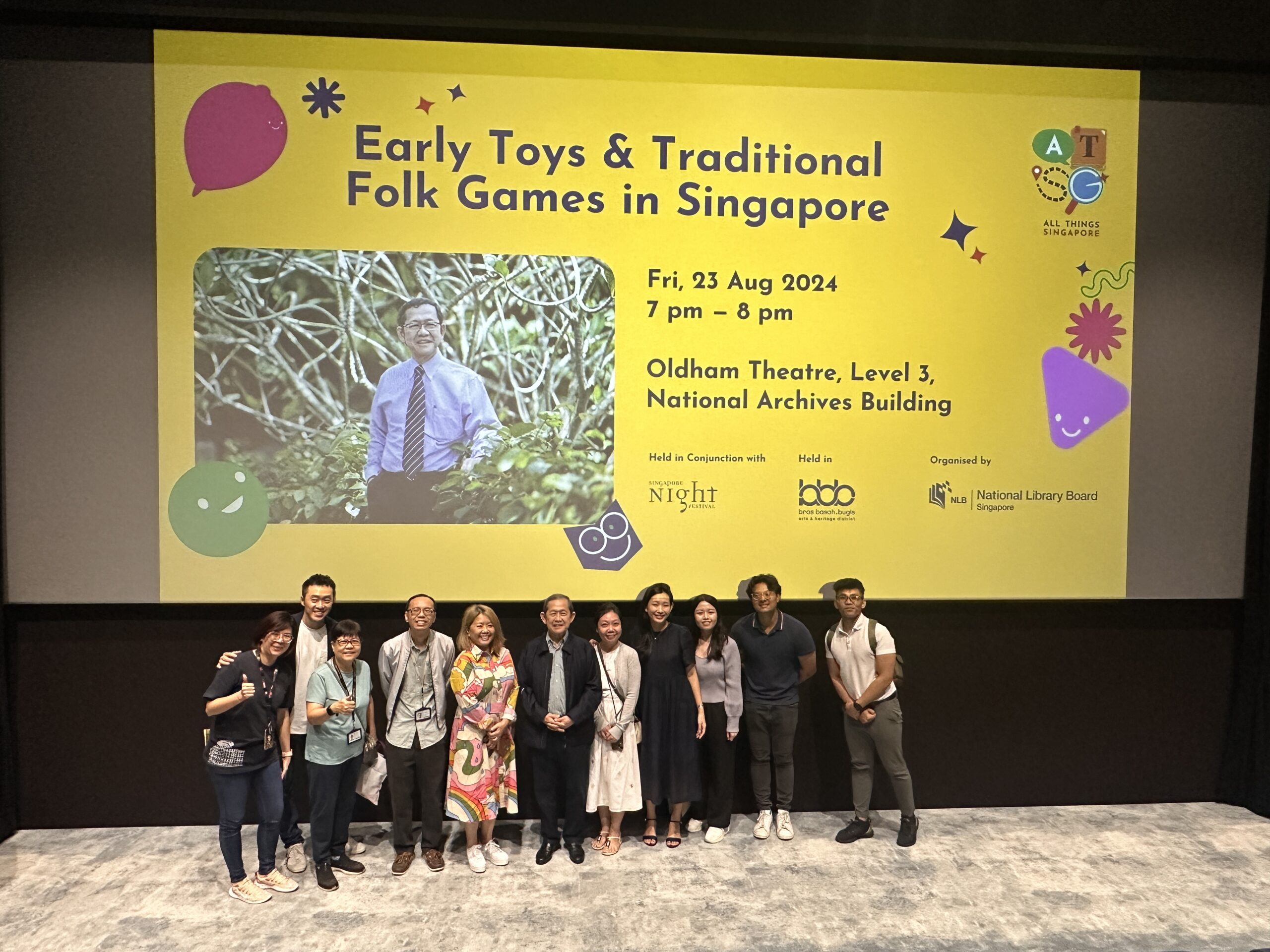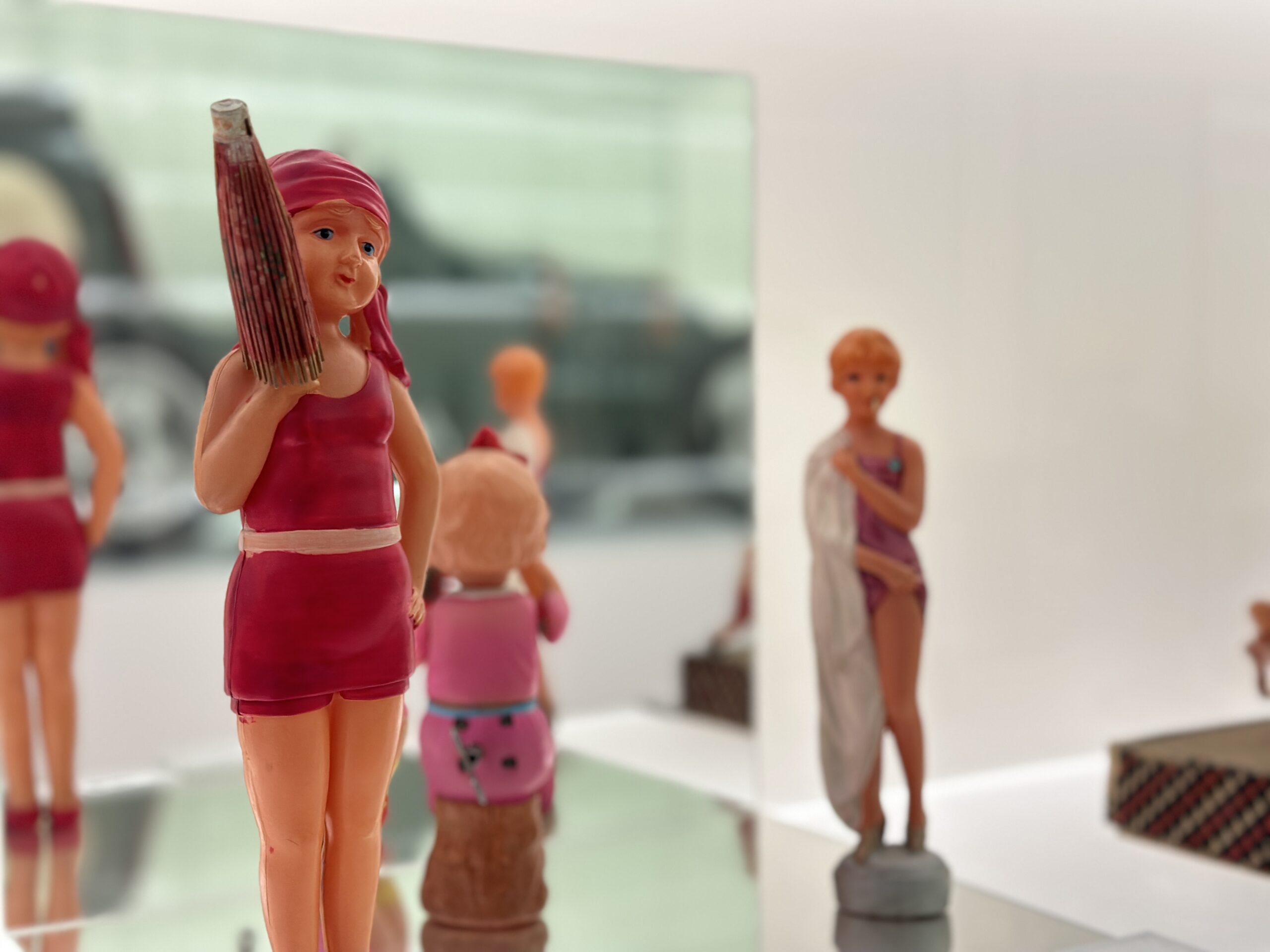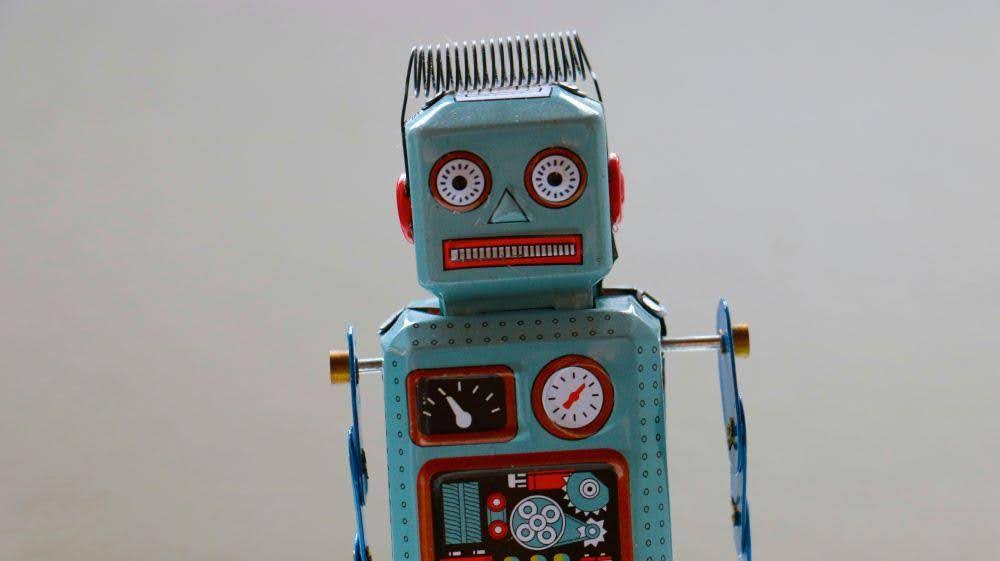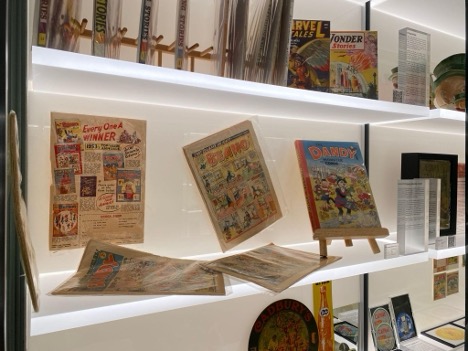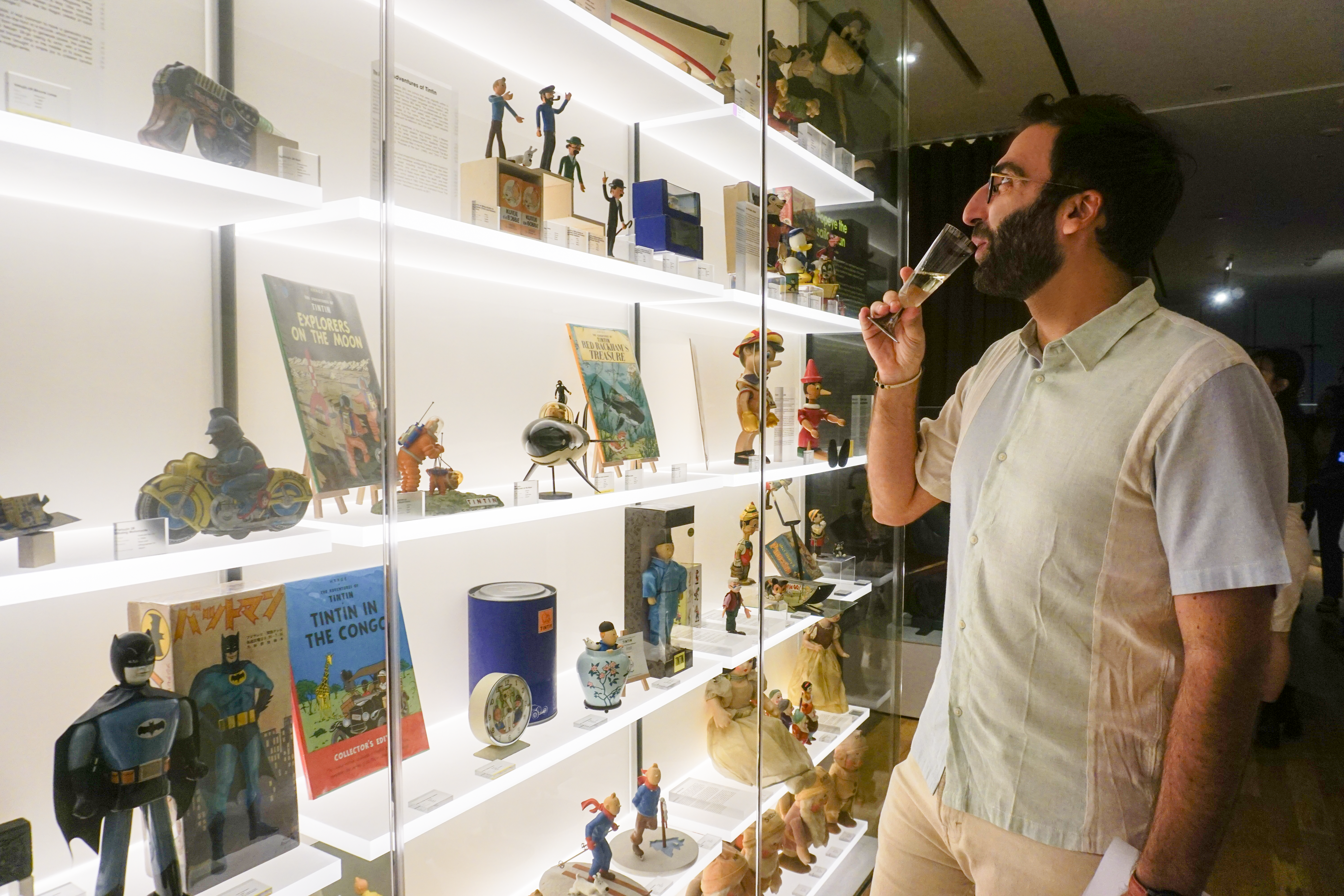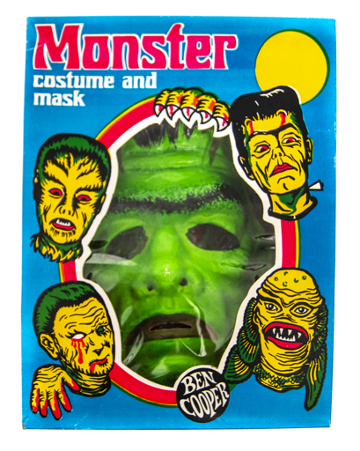Vintage toys aren’t just for fun and amusement – they can be powerful ways to remember moments and social mores in history as well.
Join the MINT Museum of Toys as we cover 3 toys in our extensive collection that reflect racism and anti-Blackness, while also reminding us of the potential for change:
1. Black Minstrel Musicians
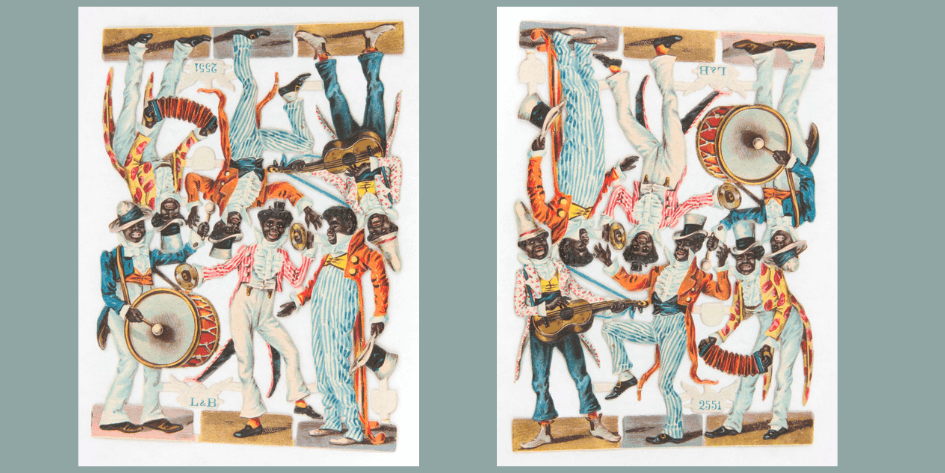
Maker: L. & B.
Year of Make: 1880s
Material: Paper
Country of Origin: Germany
The minstrel show first emerged as a deliberately racist form of theatrical entertainment in the USA in the early 19th century and quickly became a nationally popular art form by 1848. A show typically featured skits and performances that mocked and portrayed Black people as dim-witted, lazy, and superstitious. The White actors would don blackface makeup in order to perform their partys.
Even after slavery was abolished in 1865, it wasn’t until the 1910s that professional minstrel shows began to disappear. Blackface had become less emphasised during performances by now and performing troupes with Black actors had also started to emerge; however this prompted racist riots against them from White audiences. Local minstrel performances were still put on up till the 1960s during the height of the Civil Rights Movement.
The legacy of minstrelsy remains in the caricatures of Black and non-White people that they created. These include the “Jim Crow” and “Coon” archetypes, stereotypes of Black or mixed-race women as flirtatious and hypersexual, and even the “Ching Chang Chung” mockery of East Asian languages.
2. Aunt Jemima and Uncle Mose

Maker: F. & F. Mold & Die Works
Year of Make: 1950s
Material: Plastic
Country of Origin: United States of America
Aunt Jemima and Uncle Mose are a husband-and-wife duo that have appeared on popular household food items since the 1800s. Both characters’ names and personalities are based in historically offensive and derogatory stereotypes of Black Americans, and Aunt Jemima’s name was even taken from the stage name of a blackface vaudeville performer.
Aunt Jemima is regarded as an example of the “Mammy” stereotype of a Black woman in slavery or servitude to a White family. Her kindly and docile nature was an invitation to White Americans to indulge in a fantasy of enslaved people as submissive, self-effacing, loyal, pacified, and pacifying.
While Quaker Oats tried rehabilitating the Aunt Jemima character several times – portraying her as a storyteller rather than slave – it wasn’t until the 2020 protests over George Floyd’s murder that the company finally announced her likeness would be discontinued.
3. Dutch Dolls and a ‘Golliwogg’
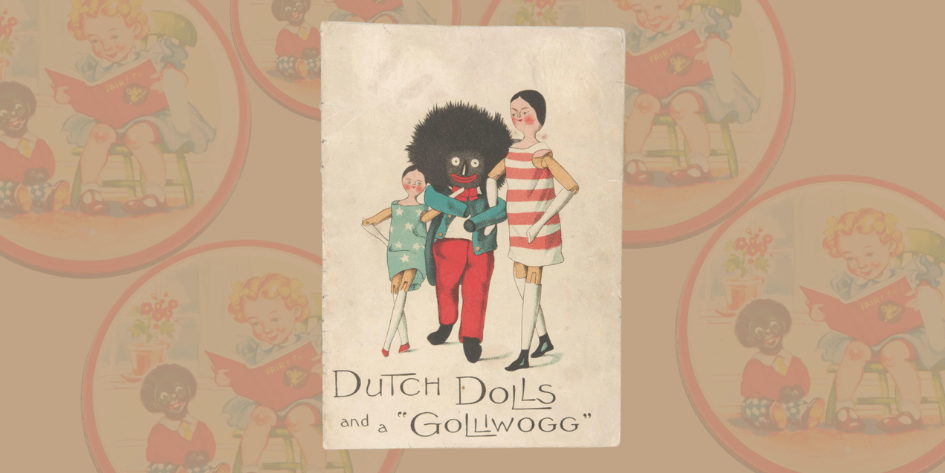
Maker: Unknown
Year of Make: 1930s
Material: Paper
Country of Origin: United States of America
The Golliwog has its origins in Florence Kate Upton’s 1895 book The Adventures of Two Dutch Dolls. In the book, the Golliwog is described as “a horrid sight, the blackest gnome” with a kind smile and caring nature. With dark black skin, bright red exaggerated lips, and curly hair, the Golliwog’s appearance follows in the visual tradition of blackface minstrel shows.
Upton’s Golliwog was highly popular when her books were first published and the character was even adopted by others including Enid Blyton. Golliwogs could be found as toys, labels, price lists, advertisements, and other home goods. Over time the terms ‘golliwog’ and ‘wog’ gained its pejorative and derogatory meaning against Black people and other dark-skinned individuals.
During the Civil Rights Movement in the USA during the 1960s, enough furor was raised that the Golliwog started to lose popularity and be phased out. However the character has still maintained some nostalgic qualities in Britain, Australia and New Zealand with some claiming it is ‘just’ a childhood toy. As recently as 2018, individuals have used the doll to distress or harass others – pointing to the racist connotations that continue till today.
See History through the lens of Toys at the MINT Museum of Toys
Each of these 3 toys look innocuous but carry with them a deep legacy of racism and anti-Blackness. Vintage toys reflect how damaging and insidious racist and derogatory social mores can be, and are also a reminder that we can and should combat discrimination within our communities.
The phasing out of these toys over time has always been due to the advocacy and activism of those brave enough to speak out against the mainstream even at great personal cost, and we can can continue to look at our toys today to see how they reflect changing attitudes towards social issues.
Discover more toys from such periods of history in our Collectables exhibition at Level 2 of the MINT Museum of Toys. You can also get a sneak peek of the exhibition through our Collectables Virtual Museum Tour.
Teachers and educators who are interested in using our toy exhibitions as a teaching tool can reach out to us about our experiential learning activities for students and field trip options here in Singapore.


